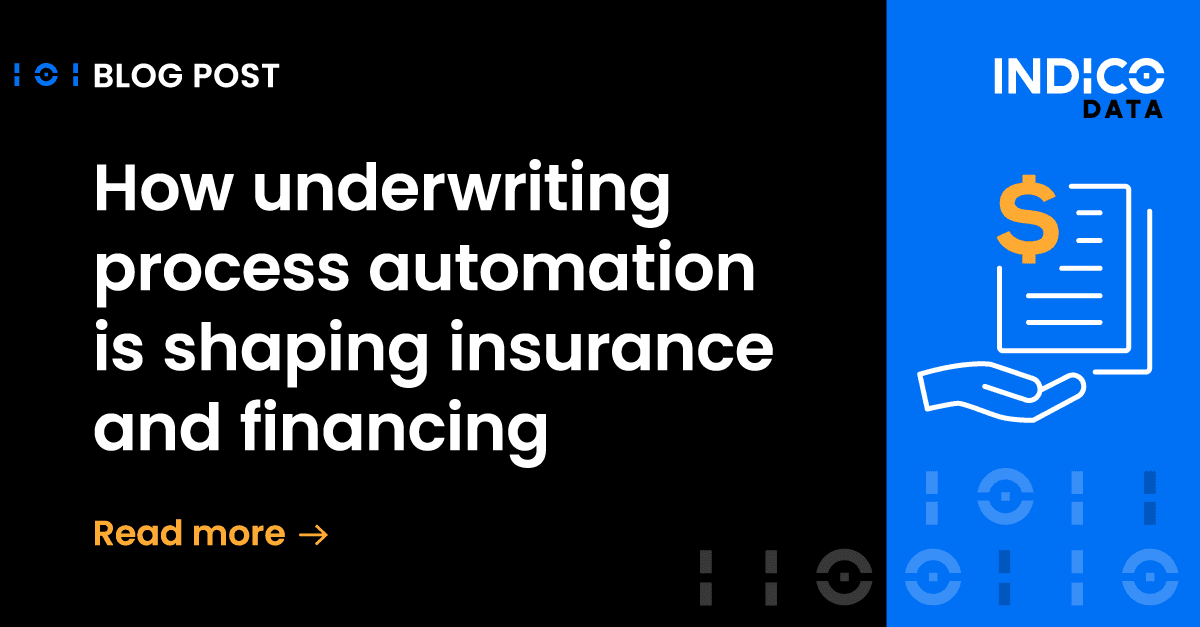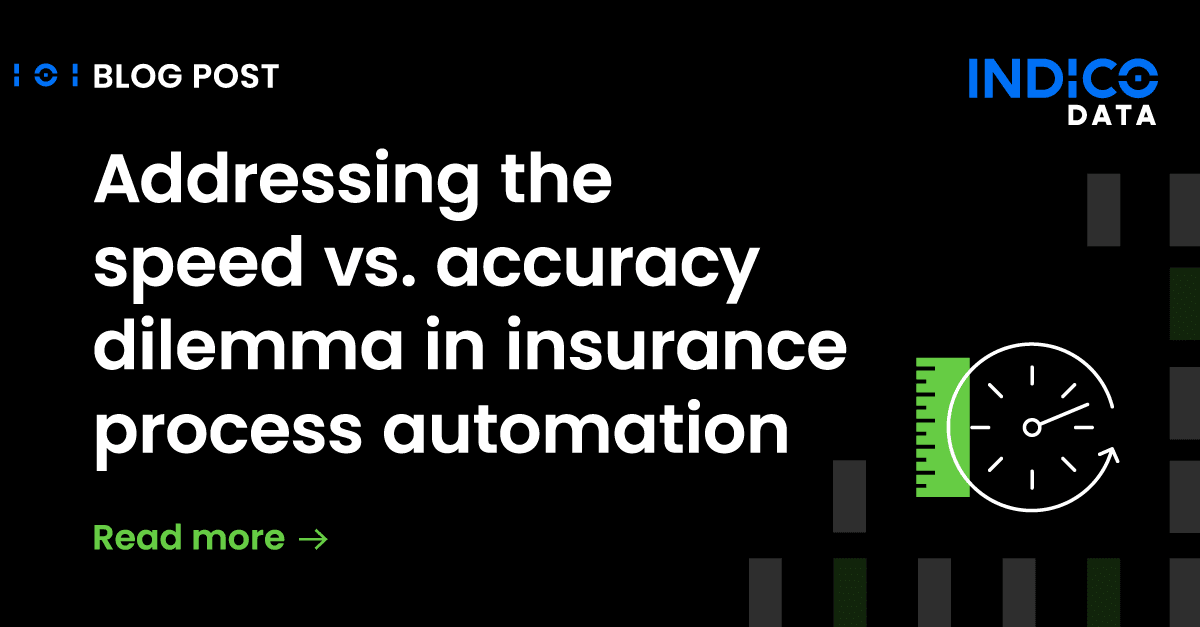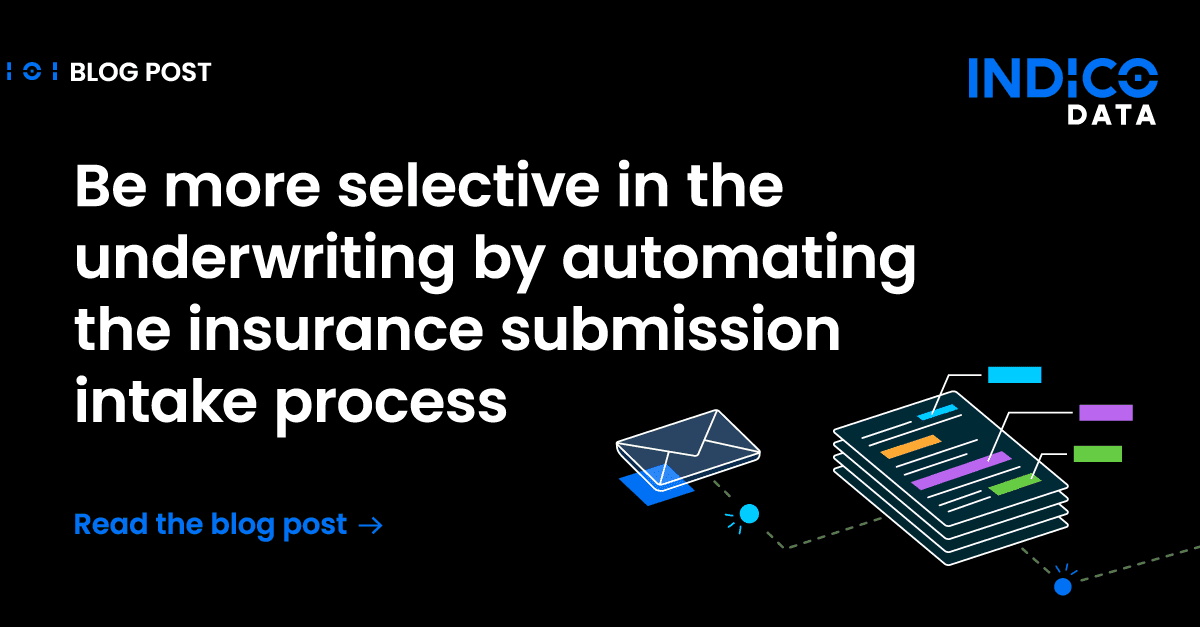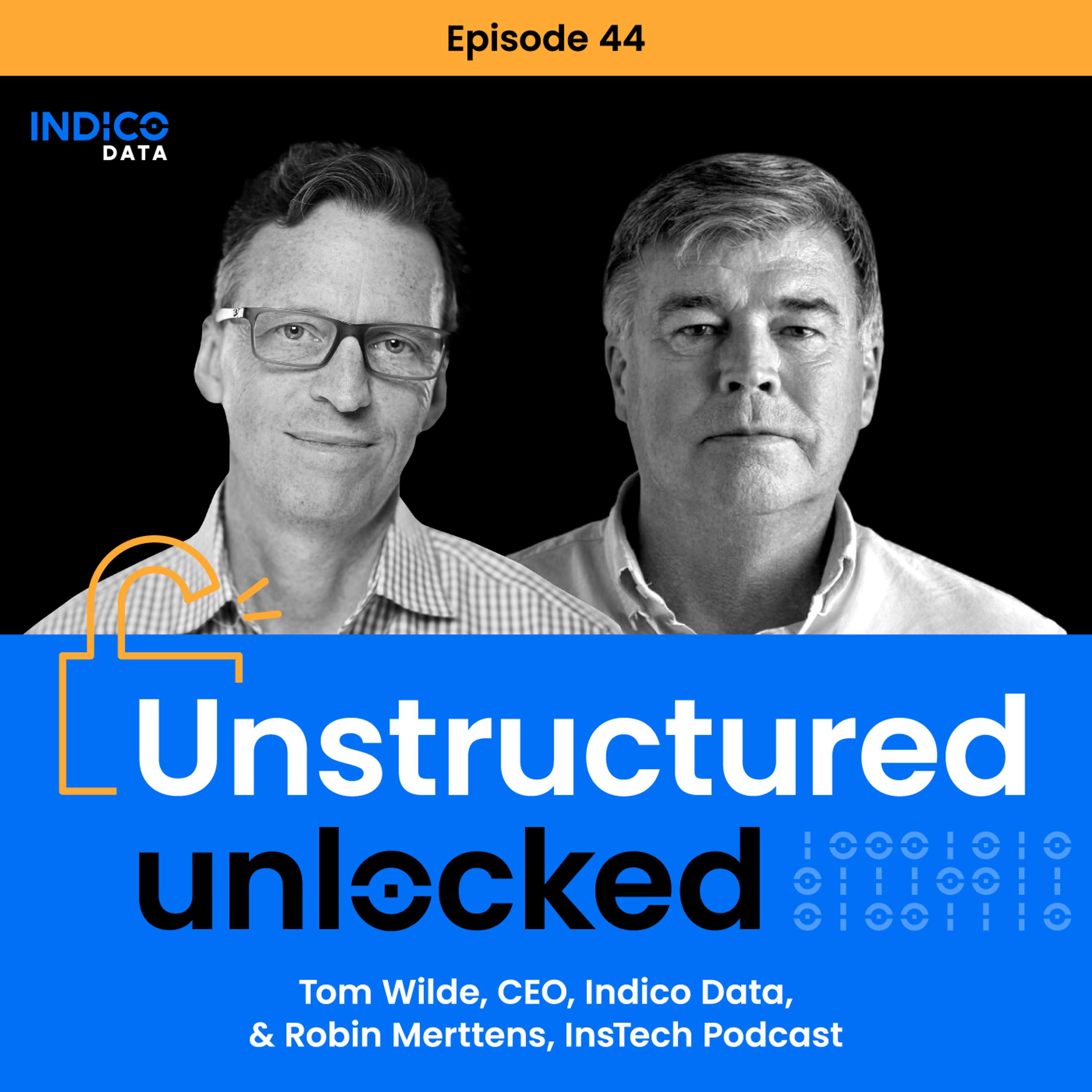As you delve into process automation, before long, you’ll learn about the three basic forms of data and why they matter when it comes to automation: unstructured, semi-structured, and structured data. In a nutshell, you can automate processes involving structured data with simple tools, but you’ll need an intelligent automation platform when it comes to unstructured data and semi-structured data.
In this post, we’ll walk you through the attributes of each type of data and explain why the data type matters when it comes to intelligent document processing and how to differentiate between unstructured, semi-structured, and structured data.
Unstructured data: requires intelligent automation
Unstructured data adheres to no particular format. Types of unstructured data include the text in an email message, PDFs, Word files, photos, presentations, call center or legal transcripts, and more.
It’s widely accepted the vast majority – at least 80% – of all data in any given organization is unstructured. Given that it follows no predetermined format, it’s much more difficult to automate processes involving unstructured data. Indeed, until the relatively recent advent of artificial intelligence technology, it was all but impossible.
But AI changes the game. With enough data, we can now train models to “read” unstructured data much like a human does, complete with understanding the context behind any given document or image. The AI model extracts key data elements required to automate a given process, such as financial figures, social security numbers, names, addresses, and so on. Or, a model may be fed images of a damaged car and be smart enough to know, “This car has been in an accident and has damage to the right front fender.”
Related Content: What is Intelligent Process Automation?
Semi-structured data: usually requires intelligence
Semi-structured data falls somewhere in between the other two categories. Back to the email example, while the text of the email is unstructured, the header contains structured elements: the “to” and “from” fields, date, and time, for example. So, as a whole, an email may be considered an example of semi-structured data.
Digital photos are another example. Typically, they contain a date, time, and location where the photo was taken – all structured elements, although the image itself is wholly unstructured.
For such cases, it’s possible to use an RPA or templated tool to automate some of the processes for handling these data types – such as categorizing by date. But you’ll still need an intelligent unstructured data automation solution to find and extract relative data. Keeping in mind that the intelligent automation solution can handle structured data, it makes more sense to automate the entire document processing effort.
Invoices are a typical example of semi-structured data. That may be the case if your company gets invoices from only four or five suppliers, and it’s likely they consistently use the same invoice format. In that case, it’s conceivable that you could train an RPA or templated tool to extract key data elements to automate invoice processing.
But large companies likely receive invoices from dozens if not hundreds of companies that use many different formats. You’d be hard-pressed to create templates to handle each of them and would forever be troubleshooting them as they change over time. Again, it makes more sense to treat the invoices as unstructured data and use an intelligent data processing tool to automate invoice processing.
Related Content: 3 Reasons Why Template-less Automation is Key to Unstructured Data Extraction
Structured data: best for RPA and templates
As its name implies, structured data is highly organized, typically in a database or spreadsheet with rows and columns. As a result, each piece of data can be mapped to a specific, fixed field or location.
Structured data is often managed using the Structured Query Language (SQL), a common programming language for relational databases. With relational databases, it’s possible to view data by various criteria, such as customers by region, and to answer queries such as “customers who spent more than $500 with us last year.”
It’s relatively easy to automate processes that involve structured data. Robotic process automation (RPA) tools or solutions that use optical character recognition (OCR) and templates work well with structured data. You can build automation routines that tell the tools exactly where the data they need resides. So long as there’s no deviation from that norm, the tools should work well to automate simple, repetitive tasks, such as extracting data from a spreadsheet and entering into a customer relationship management (CRM), enterprise resource planning (ERP) or other downstream systems.
Related Content: The unstructured data imperative: Why enterprises need to act now
Indico approach: Make documents and data usable regardless of format
Indico’s Unstructured Data Platform handles the gamut of document processing needs, whether it involves highly structured documents, completely unstructured, or something in between. Our platform is built on a database of more than 500 million labeled data points. And it provides a deep base of knowledge that gives it the context required to “read” and understand virtually any type of data.
Taking advantage of AI technology known as transfer learning, we make it easy for business process owners to put that database to use to automate their own processes. Our intuitive tools enable business process owners to quickly label actual documents, telling the model which data to extract. In a matter of hours, you can build a model that will be up to 95% accurate.
See for yourself how Indico automates processes that includes any kind of data – unstructured, semi-structured data and structured – just arrange a free demo. Or, if you have any questions, feel free contact us.





